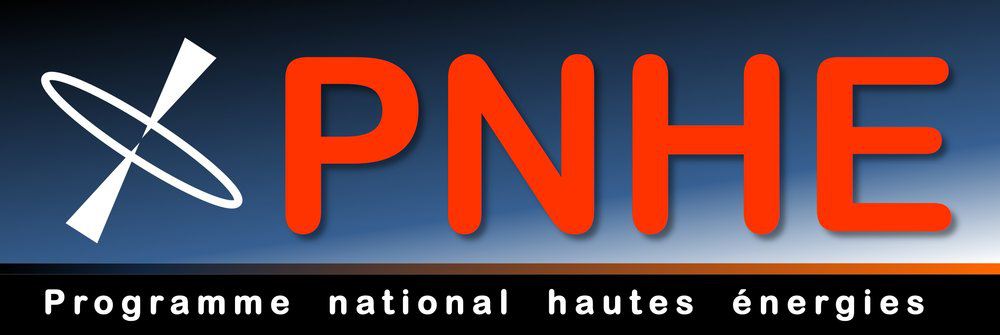Orateur
Description
The combination of electromagnetic and gravitational-wave data provides
a unique opportunity to study the evolution of compact binary systems.
Although the kilonova detection AT2017gfo in association with
gravitational waves led to groundbreaking results in our understanding
of the binary neutron star scenario, many open questions remain.
Answering these questions requires early observations, well-sampled light curves
and spectra of kilonovae. While the GW-detectors are off, we have
developed a program within the Global Rapid Advanced Network Devoted to
the Multi-messenger Addicts (GRANDMA), to follow-up and characterize
kilonovae candidates produced by public optical surveys such as the Zwicky
Transient Facility. This program is jointly operated with the Fink broker,
specifically designed for the Rubin Observatory.
In this talk, we will presen tthe GRANDMA kilonovae program with FINK,
and its application within the citizen science program with observations
performed during this summer.
GRANDMA is supported by PNHE.

